School History Trips To Berlin, Wroclaw & Krakow
Visit significant locations in the history of Nazi totalitarianism and the Holocaust and give your students chance to consider the importance of events in these cities for European history.
Highlights
Moving memorial to the murdered Jews of Europe in Berlin
Hitler’s secret underground Riese project at Osówka
The old Jewish quarter in Krakow
Auschwitz-Birkenau Concentration Camp
King Edward VI High SchoolThe smooth running of the trip demonstrated excellent organisation.
Suggested itinerary
What's included*
*Please note, entrance fees where applicable are not included in typical price – contact us for more details
Recommended excursions
Explore Berlin’s rich culture and history on foot by taking a walking tour. The must see sights are the Brandenburg Gate (a former city gate, rebuilt in the late 18th century as a neoclassical triumphal arch), the Reichstag, Memorial to the murdered Jews of Europe and Unter den Linden – the most well-known and grandest street in Berlin.
Two millennia of Jewish history and culture in Germany are on display in the iconic zig-zag shaped building by architect Daniel Libeskind. Students can explore how the symbolic architecture retells German Jewish history. The historical exhibition route is punctuated with diverse and interactive thematic spaces that expand perspectives on the diversity of Jewish life up to the present day.
This outdoor museum and information centre is on the site of the former headquarters of the Gestapo and the SS. By finding out about the destructive effects of Nazi state terror, students gain a humanising insight into the history of totalitarianism in Germany, and its implications for the world today. They learn important lessons not only for exams, but also for their broader development.
Checkpoint Charlie, the most well-known of the border crossings between East and West, is now one of Berlin’s most popular tourist attractions. At the Checkpoint Charlie Museum unique artefacts including many of the contraptions used by those who tried to cross illegally, and works inspired by the division, will vividly bring the past to life for your students.
The Berlin Story Museum covers 800 year of Berlin history from Kings and Kaisers to modern Berlin. ‘Hitler: how could it happen’ is an extensive documentation centre covering the rise of the Nazi party, seizure of power, WWII, the history of the National Socialism, the Holocaust and the downfall.There is a model of Hitler‘s bunker. The museum and exhibition can be booked separately. Audio guides are provided for both excursions.
Located in the heart of Berlin, this memorial serves as a reminder of the many lives lost during the Holocaust. 2,711 concrete pillars make up the memorial with underground information centres providing students with an insight into this horrific event as well as listing the names of all known Jewish Holocaust victims.
On 20th January 1942, high officials from the Nazi Ministries and the SS met in the Minoux villa by the Wannsee waterside. Negotiations took place on the organised deportation and murder (the ‘Final Solution’) of European Jews in Poland and Eastern Europe. The villa now houses memorial and exhibitions on the Holocaust, plus guided tours for study group. This excursion is currently closed and due to reopen in Spring 2020.
The concentration camp at Sachsenhausen was established in 1936 and placed 35km north of Berlin. Students can see the horrifying conditions in which inmates were forced to live, observe the artefacts that victims left behind and consider how Germans have tried to come to terms with their recent history.
East Berliners breached the Wall on 9 November 1989, and between February and June of 1990, 118 artists created unique works of art on its longest-remaining section. This open-air gallery serves as a memorial for freedom. One of the best-known works, by Russian artist Dmitri Vrubel, depicts Brezhnev and Honnecker (the former East German leader) kissing.
The Episcopal Palace and the medieval churches are situated on the Ostrów Tumski (The Cathedral Island). Students can walk around the picturesque medieval Square of Wroclaw with the magnificent gothic Town Hall. During a guided tour your group will learn about the secret plans which Hitler connected with the city of Wroclaw and learn about its diverse past that makes this city the historical capital of Silesia.
Visit the underground tunnels, chambers and installation systems that remain from Hitler’s secret construction project, known as Project Ries. The tunnels were constructed using labour from nearby concentration camps and thousands died in their construction. Image by CC Ministry of Foreign Affairs of the Republic of Poland.
This is one of the largest timber-framed religious buildings in Europe and a UNESCO World Heritage Site. The church was built in the 17th century for the protestant community in predominantly Catholic Silesia as an act of tolerance on the part of the Catholic Habsburg Emperor following the Thirty Years’ War in Europe. The beautifully decorated church has four floors with galleries.
A visit to the largest Nazi concentration camp of World War II is a chilling and truly memorable experience. More than 1.1 million men, women, and children lost their lives here. Much of the camp remains as a memorial and museum. Its dramatic authenticity lends more significance to the educational activities here. Children under 13 are not allowed to visit.
At the heart of Kazimierz, the former Krakow ghetto, is a museum that presents a contemporary look at the Jewish past in Poland. As well as commemorating the victims of the Holocaust, it celebrates the Jewish culture of Polish Galicia, giving students a new perspective on Jewish history.
Visit the factory where Oscar Schindler employed hundreds of Jewish people to protect them during the Holocaust. Krakow’s past has been recreated here in an evocative way, presenting the tragedy of World War II as well as every day life of the city. Exhibits include a recreated hairdresser’s salon, stereoscopic studio and typical basement apartment.
Krakow’s largest, easternmost district, which translates as ‘New Foundry’, was conceived in the 1940s, under the ruthless communist rule of Poland, as an ideal ‘proletarian city’ tied to a giant steelworks. Students can see relics of the Soviet-era architecture and other sites, from the prehistoric Mound of Wanda to the 13th-century Monastery of Mogila. Photo © Christopher Walker.
A half-day guided tour of Krakow old town will give an overview of Krakow’s rich history and included the largest medieval market square in Europe and the renaissance Cloth Hall. You will then see the unique carves wooden altar of St Mary’s Church. Then onto Wawel cathedral with the Royal Tombs and Sigismond’s bell.
This historic district of Krakow was home to a large Jewish community from the 14th century until World War II when its Jewish inhabitants were relocated by force to other parts of Poland and in 1941 many thousands were sent to the Krakow Ghetto in Podgórze. The synagogues of Kazimierz that were damaged during World War II have since been restored and the Galicia Jewish Museum provides students with some context.
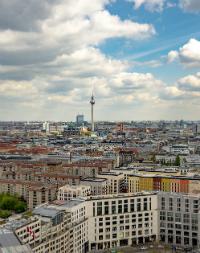
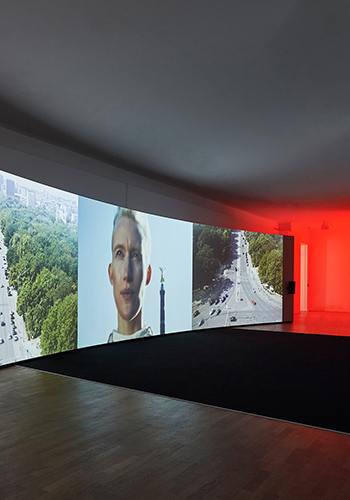
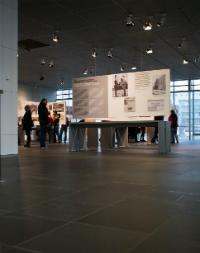
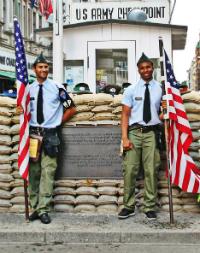
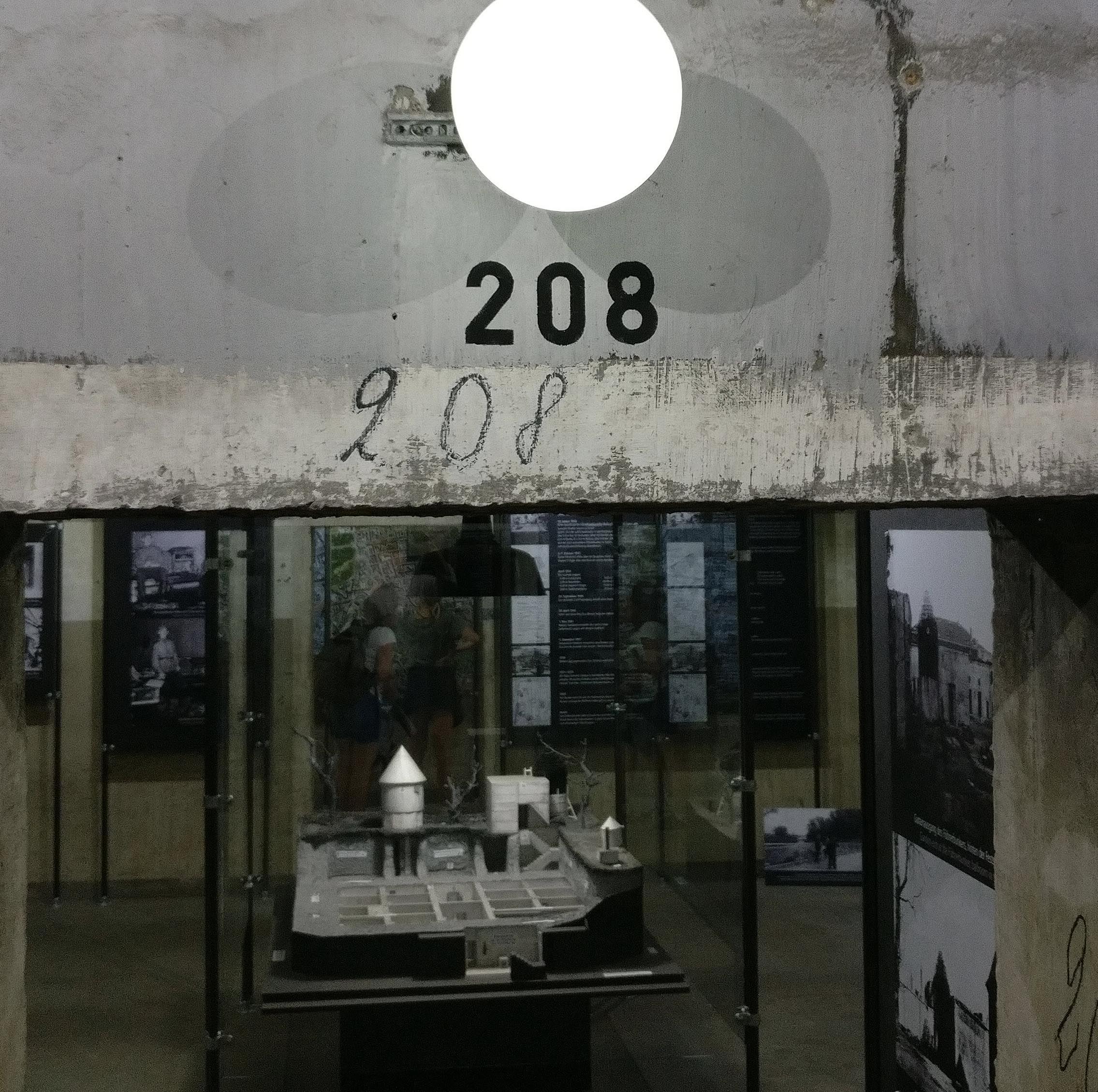
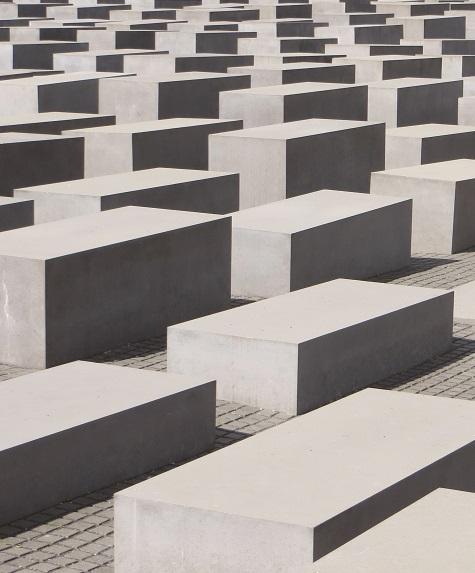
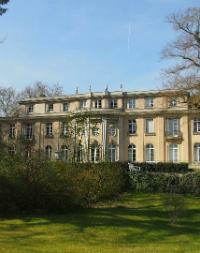
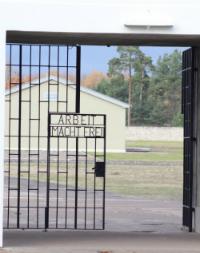
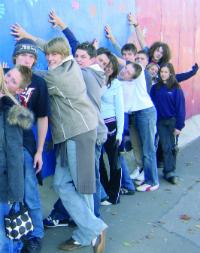
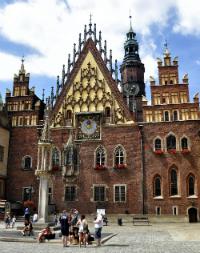


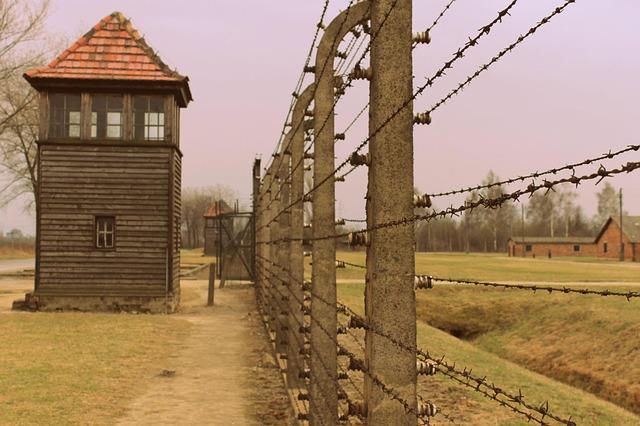
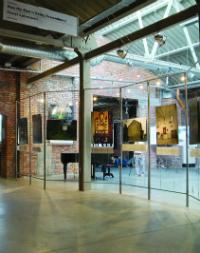
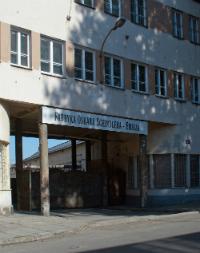
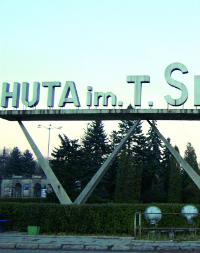
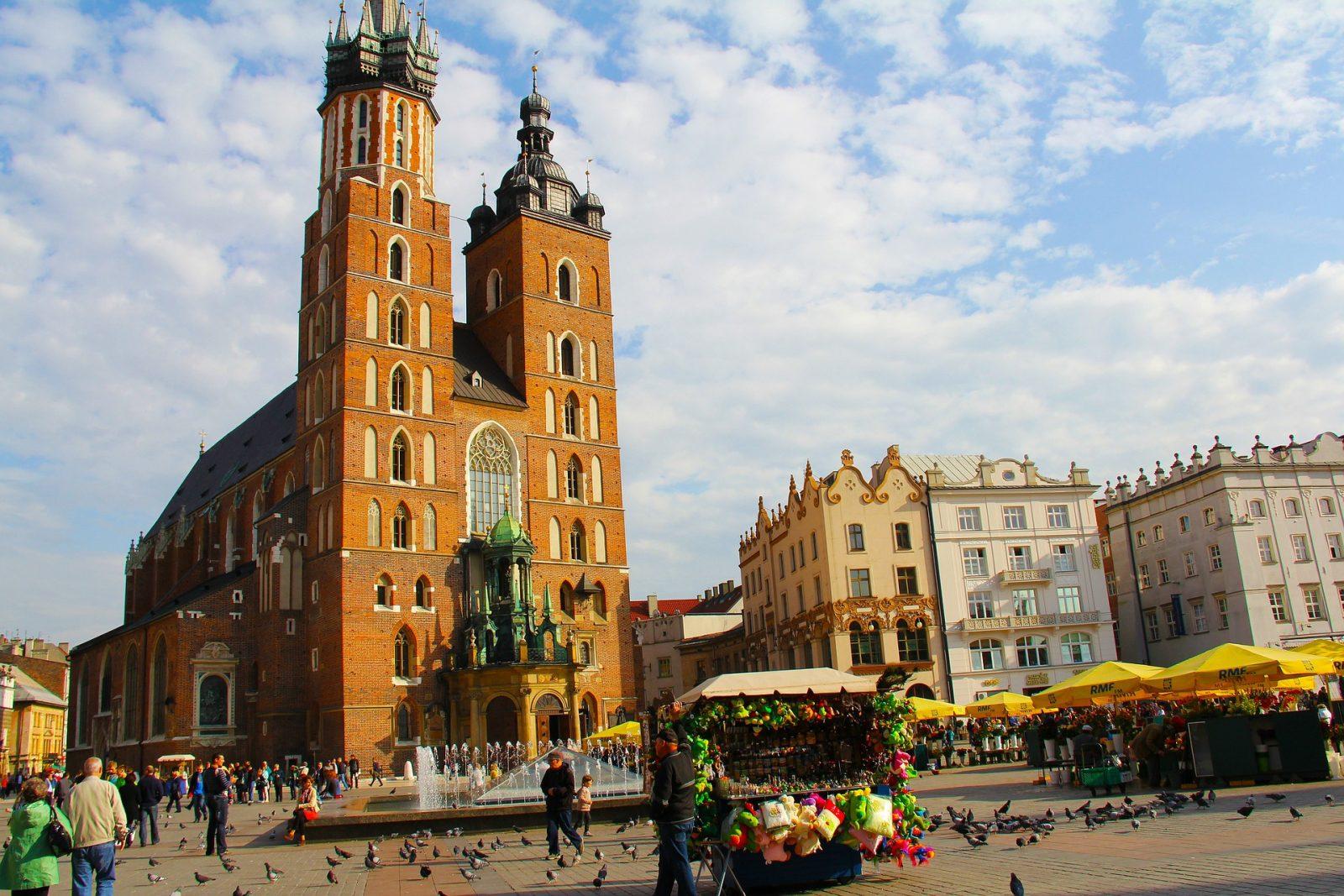
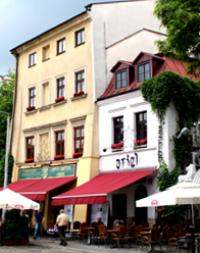
Typical accommodation
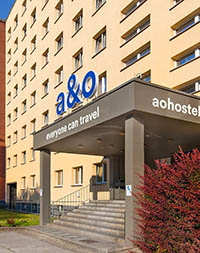
Why groups like it:
Facilities
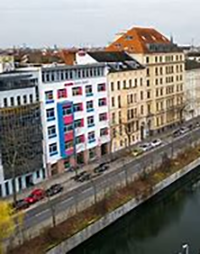
Why groups like it:
Facilities
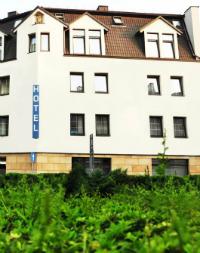
Why groups like it:
Facilities:
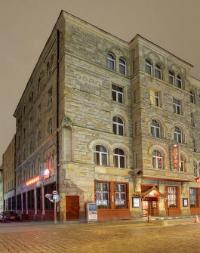
Why groups like it:
Facilities:
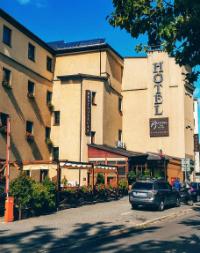
Why groups like it:
Facilities:
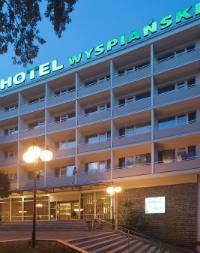
Why groups like it:
Facilities:
Learning outcomes
Subject focus
Students can:
- Consider the importance of events in these cities for European history
- Visit central locations in the history of totalitarianism and the Holocaust
- Understand war-time and post-war history and reflect on atrocities committed during World War II
- Reflect on how these cities’ past has influenced the cities they are today
Student outcomes
Students will have had an opportunity to:
- Contemplate the breadth of German and Polish history
- Ponder how repetition of the tragic events of the past can be avoided in the future
- Find out how present generations understand and come to terms with the past
- Identify Germany and Poland’s place in modern European history
- Visit key historical sites and gain a sense of the human cost of World War II
*Some excursions may not be included – contact us for more details
Related tours
Berlin has been at the centre of many key events in modern European History: WWII, The Cold War, the Fall of Communism and the reunification of Germany.
On a school History trip to Berlin, students can visit Berlin’s key historical sites that relate your teaching to subject-specific learning objectives such as WWII history and Cold War studies.
Your school History trip to Berlin will help your pupils develop an understanding of post-war Berlin and the context of the Cold War. They’ll get first-hand experience of the impact that the division of the city had and a deeper understanding of tensions that escalated between the East and West superpowers leading to the Cold War period.
Our excursions will touch upon historical concepts such as socialism, communism, ideology, propaganda and international conflict.
Connecting with history
With emblematic monuments such as the Berlin Wall Memorial, Checkpoint Charlie and the Tränenpalast, students can:
- analyse how heightened tensions between USSR and USA powers translated into physical boundaries
- explore how Berlin as a city encapsulates the antagonism between the communist and capitalist ideologies
- picture how this spatial division resonated within the divided German population and how this affected their lives
- give pupils perspective on concepts such as freedom of movement and fundamental liberties, and how these were challenged at the time
A personal perspective
A school History trip to Berlin will provide insights into how the German population lived during the Cold War. This will be explored interactively at the DDR Museum and Stasi Museum, with students:
- touching, holding and engaging with a range of objects and installations within the museum
- getting practical knowledge about the everyday life of the German population in the DDR and the realities of life under socialism
- understanding historical concepts such as continuity and change, similarities and differences
Take learning outside the classroom for your Key Stage 3 and 4 students and prepare them with critical analysis skills, practical case studies and real-life examples for their GCSEs.
With Travelbound, we can customise your trip to fit any learning requirements.



